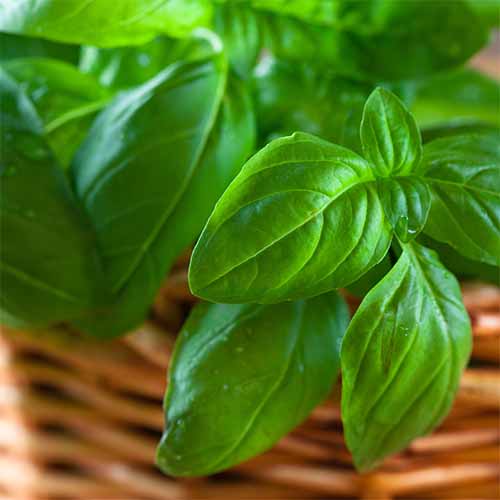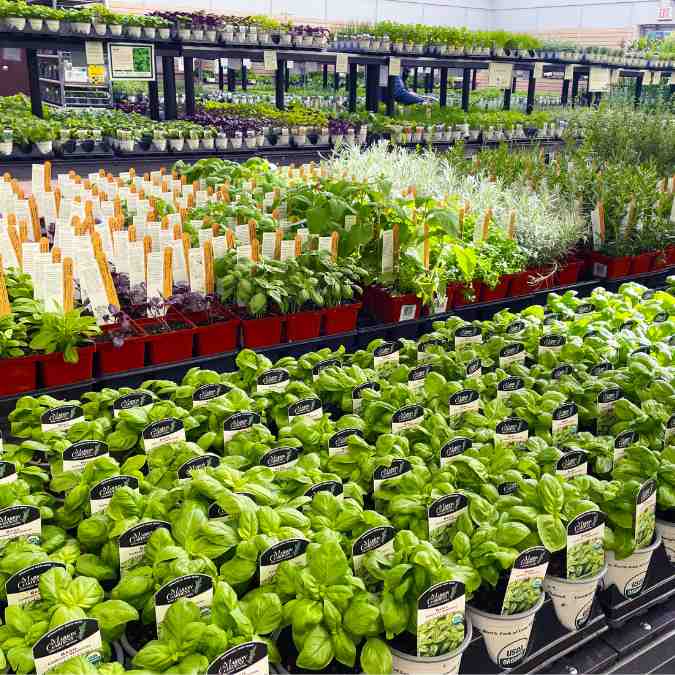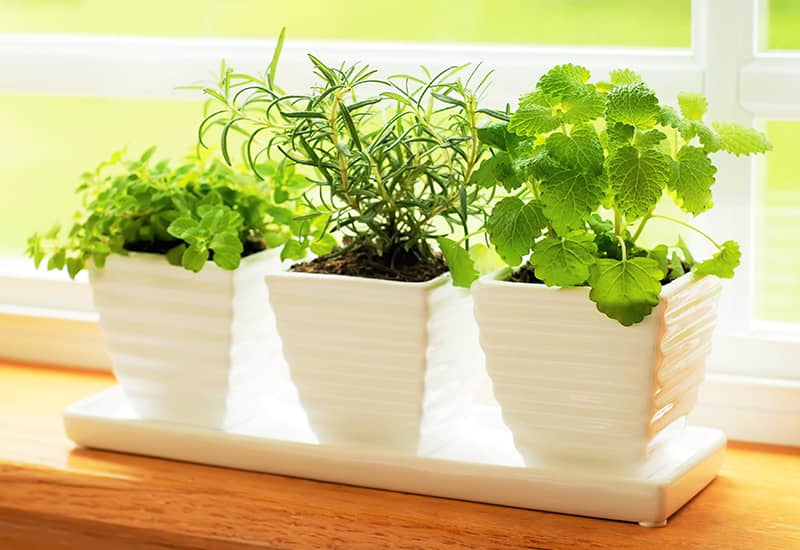Planting Herbs
Handle herbs gently when planting or transplanting. Take care not to damage or disturb the roots too much. If you’re moving a plant to a container, choose a pot no more than two inches wider than its original one. A snug fit supports healthy root development and prevents overwatering.


Watering Herbs
Overwatering is the number one reason herbs fail. Avoid using hoses or faucets, which can drown or damage delicate plants. Instead, use a small watering can without a diffuser to control the flow.
To know when to water, stick your finger about one inch into the soil. If it feels dry, it’s time to water. If it’s moist, wait and check again the next day. When in doubt, it’s better to wait than to risk overwatering.
Harvesting and Using Herbs
Frequent harvesting keeps herbs happy. Regularly trimming them encourages growth and prevents woody stems. However, avoid letting your herbs flower—once they bloom, their flavor typically weakens. The more you use your herbs, the better they grow.

Light Requirements
Most herbs need plenty of sunlight to grow strong. If you don’t have bright, natural light indoors, consider investing in a plant light. Herbs grown in low-light conditions tend to become leggy and weak.
Fertilizing
Since you’re consuming these plants, choose an organic, all-natural fertilizer. This supports healthy growth without introducing harmful chemicals. Always follow the product instructions for best results.
Types of Herbs
Understanding herb types helps you care for them better:
-
Perennial Herbs: These come back every year. Over time, they may develop woody stems. Examples include rosemary and thyme.
-
Tender Perennials: These may survive winter in mild climates but not in colder areas. Keep them outdoors in warm months and bring them inside for fall and winter. Basil and stevia are good examples.
-
Biennial Herbs: These live for two years. In year one, they grow foliage. In year two, they flower or fruit, then die. Parsley is a common biennial.
-
Annual Herbs: These complete their life cycle in one season. Once the season ends, they die. Cilantro and dill fall into this category.
Placement Tips
Herbs thrive in well-lit areas away from cold drafts and heating vents. Also, place them somewhere visible. If you see them often, you’re more likely to use and care for them regularly.
Final Reminder
Don’t be discouraged if an herb doesn’t thrive. Sometimes, it’s best to replace it and try again. That doesn’t make you a bad gardener—it’s simply part of the process.
For more herb-growing advice or supplies, stop by the nursery or give us a call. We’re always happy to help you grow something great.
